Ukraine-In a calculated economic warfare strategy that’s crippling Moscow’s ability to finance its military operations, Ukraine has systematically attacked over 30 Russian oil refineries since early August 2025, destroying nearly 38% of Russia’s total refining capacity according to analytics firm Ciala. These precision drone strikes have disrupted at least 17% of Russia’s refining capacity—equivalent to 1.1 million barrels per day—forcing the Kremlin to impose unprecedented gasoline export bans and raising the specter of domestic fuel rationing as winter approaches. With Russian refinery production plummeting from 5.6 million to just 4.9 million barrels daily, Kyiv’s strategic targeting of oil infrastructure is achieving what international sanctions alone could not: fundamentally undermining the economic engine powering Vladimir Putin’s war machine.
The Scale of Destruction: 30+ Refineries Under Attack
August-October Assault Unprecedented in Scope
According to Financial Times reporting, sixteen of Russia’s 38 oil refineries have been hit since August 2025, representing a systematic campaign rather than opportunistic strikes. Ukraine’s targeted approach focuses on three critical infrastructure categories:
Primary targets:
- Oil refineries: Major processing facilities converting crude oil to gasoline, diesel, jet fuel
- Oil depots: Storage facilities holding refined petroleum products
- Military-industrial sites: Facilities supporting both energy production and weapons manufacturing
Recent High-Profile Strikes
The past week alone witnessed multiple devastating attacks:
- October 3, 2025: Ukrainian drones hit major oil refinery in Orenburg region and Russia’s largest chemical producers in Perm region
- September 26, 2025: Afipsky oil refinery in Krasnodar region struck for second time in one month
- September 14, 2025: Ukraine targeted Bashneft’s Ufa refining complex, described by the Kremlin as “one of the largest in the country” producing over 150 types of petroleum products
- Recent days: Major oil refinery near St. Petersburg attacked, representing Ukraine’s deepest strike into Russian territory
- October 7, 2025: Largest oil terminal in Russian-occupied Crimea hit, sparking massive blaze
Economic Impact: Russia’s Refining Crisis by the Numbers
Production Collapse Accelerating
Energy analysts tracking Russian oil production report alarming declines:
Refining capacity statistics:
- Current production: 4.9 million barrels per day (down from 5.6 million in early 2025)
- Capacity offline: 38% of total refining capability damaged or destroyed
- Daily loss: Approximately 400,000 barrels per day reduction compared to first six months of 2025
- Maximum capacity: Now limited to 9.45 million barrels per day (down from 10 million pre-war)
- Gasoline output decline: 10% reduction according to Russian newspaper Kommersant
Homayoun Falakshahi, analyst at energy research group Kpler, confirms Kyiv’s campaign has become “very effective,” directly cutting Russian refinery output by approximately 10%.
Consumer Pain: Gasoline Prices Surge Despite Falling Crude
Russian consumers are experiencing the economic consequences firsthand. Ukraine’s strategy of targeting oil refineries is dramatically cutting Russia’s refining capacity as the government seeks to balance massive military spending with falling revenue.
Domestic market indicators:
- Retail gasoline prices: Up 6.7% through September 1 compared to end of 2024 (Rosstat data)
- Crude oil prices: Decreased during same period, highlighting refining bottleneck
- Supply shortages: Reports of fuel unavailability at stations in multiple regions
- Export restrictions: Moscow banned petroleum product exports and extended gasoline export prohibitions
The paradox is striking: global oil prices falling while Russian pump prices rise, demonstrating how infrastructure destruction creates localized scarcity even amid global abundance.
Strategic Objective: Strangling Moscow’s War Financing
Oil Revenue Funds Putin’s Military
Understanding why Ukraine prioritizes oil infrastructure requires examining Russia’s fiscal dependence on energy exports. According to Oxford Institute for Energy Studies, oil and gas revenue accounted for approximately 30% of Russia’s total budget in 2024—the single largest funding source for Putin’s war machine.
Russia’s energy dominance:
- Global ranking: Third-largest oil producer worldwide
- Export position: Second-largest crude oil exporter globally
- War funding: Energy exports directly finance military operations, weapons procurement, soldier salaries
- Economic vulnerability: Disrupting refining capacity undermines both export revenue and domestic fuel supply
Long-Term Damage Compounds Crisis
Energy analyst Janiv Shah warns that restoring damaged oil infrastructure will require “a long time,” meaning Russia’s weakened position will persist and potentially worsen. SEB Bank analyst Bjarne Schieldrop predicts: “As Ukraine improves its capacity to attack Russian refineries, the situation could become even more serious.”
Schieldrop warns of two potential outcomes:
- Export collapse: Russia forced to halt oil exports entirely
- Domestic rationing: Government implementing fuel allocation limits per citizen
Both scenarios would devastate Russia’s economy and potentially erode domestic support for Putin’s war.
Export Disruption: Impact on India and China
Russia’s Critical Asian Customers
Ukrainian drone strikes on Russian oil refineries have forced Russian diesel exports to drop to their lowest level since 2020, directly impacting the two nations most dependent on Russian energy:
China’s Russian oil dependency:
- China remained the largest global buyer of Russian fossil fuels in June 2025, with imports accounting for 38% (€5.4 billion) of Russia’s monthly export earnings
- Crude oil comprised 64% (€3.5 billion) of China’s imports from Russia
- By mid-2025, Chinese refiners were buying almost half of all Russian crude exports
India’s complex relationship:
- Despite US tariff increases on Indian products, India’s Russian oil purchases have not significantly decreased
- India faced targeted US tariffs specifically to discourage Russian energy imports
- Flows to India are close to the lowest in nine months as of September 2025, suggesting some impact
Sanctions and Secondary Effects
The refinery attacks amplify existing Western sanctions pressure. Some estimates suggest US measures could halve Russian oil exports, with sanctions driving up Brent futures by as much as $5 a barrel.
However, sanctions face implementation challenges. Adi Imsirovic, director at Surrey Clean Energy Consultancy, notes that international sanctions haven’t achieved expected impact because “some sanctions were implemented slowly, giving President Vladimir Putin sufficient time to build a parallel trade system.”
Sanction evasion tactics:
- Shadow fleet: Uninsured or under-insured tankers conducting ship-to-ship transfers
- Price cap circumvention: Russia selling above G7 price limits to willing buyers
- Alternative payment systems: Bypassing Western financial infrastructure
- Rerouted logistics: Complex shipping routes avoiding detection
Ukraine’s Evolving Strike Capability
Long-Range Weapons Game Changer
Keith Kellogg, US ambassador to Ukraine, has indicated that Ukraine may gain authorization to use American weapons for long-range strikes inside Russia—a potential escalation that could expand the refinery destruction campaign.
Current strike capabilities:
- Ukrainian-made drones: Primary weapon for refinery attacks
- Range limitations: Currently restricted to certain distances from border
- Precision targeting: Intelligence-guided strikes on high-value infrastructure
- Frequency increasing: Attacks becoming more sophisticated and frequent
Potential future capabilities:
- US long-range weapons: ATACMS missiles reaching deeper into Russia
- Enhanced targeting: Better intelligence for critical infrastructure identification
- Coordinated campaigns: Simultaneous strikes overwhelming air defenses
- Winter timing: Attacks during cold months maximizing domestic supply crisis
Russia’s Inadequate Defenses
Despite Moscow’s sophisticated air defense systems, Ukraine consistently penetrates Russian airspace to strike oil facilities. Factors enabling Ukrainian success:
- Defense prioritization: Russia focuses air defenses on military targets, leaving economic infrastructure vulnerable
- Geographic spread: Refineries distributed across vast territory, impossible to fully protect
- Low-flying drones: Small drones evade radar detection systems
- Overwhelming numbers: Swarm tactics saturate defensive capabilities
- Economic targets: Refineries located far from front lines, with minimal military protection
Global Energy Market Implications
Oil Prices and Supply Dynamics
The refinery attacks occur during a complex period for global energy markets:
Market conditions:
- Falling global prices: Crude oil prices declining due to demand concerns
- Abundant supply forecasts: Markets expect plentiful supply in coming months
- OPEC+ decisions: Production cuts influencing price stability
- Russian discounting: Moscow selling crude at discounts to attract buyers despite sanctions
Refining vs. Crude Production
A critical distinction: Ukraine targets refining capacity (converting crude to usable fuels), not crude oil production itself. This creates specific market dynamics:
Why refining attacks matter more:
- Russia can still pump crude oil from wells
- But without refining capacity, crude cannot become gasoline, diesel, jet fuel
- Export markets prefer crude oil over refined products
- Domestic economy requires refined products, not crude
- Refining capacity takes years to rebuild; wells restart faster
Energy analyst Bjarne Schieldrop explains: “Russia faces difficult logistic problems attempting to reroute oil exports, and the number of countries willing to buy its crude is becoming increasingly limited.”
Russia’s Response: Export Bans and Alternative Routes
Desperate Measures to Manage Crisis
Moscow has implemented emergency policies attempting to mitigate the refining capacity crisis:
Government interventions:
- Petroleum product export bans: Preventing refined fuel from leaving Russia
- Extended gasoline export prohibitions: Prioritizing domestic supply
- Price controls: Attempting to suppress pump price increases
- Rationing preparations: Discussions of fuel allocation systems
- Alternative export routes: Seeking new shipping corridors and buyers
Limited Success of Countermeasures
Despite Kremlin efforts, the crisis deepens. Western oil companies’ departure from Russia has reduced investment in energy infrastructure, constraining production capacity even beyond Ukraine’s direct damage.
Investment collapse consequences:
- Maintenance delays: Aging equipment not properly serviced
- Technology gaps: Western expertise and equipment unavailable
- Expansion impossible: New capacity cannot be built without foreign investment
- Efficiency decline: Operations becoming less productive over time
- Safety risks: Poorly maintained facilities facing accident risks
Homayoun Falakshahi reports Russia currently produces approximately 9.25 million barrels daily—down from nearly 10 million barrels per day (mbpd) before the war, with maximum capacity now limited to 9.45 mbpd.
Military and Political Ramifications
War Financing Under Pressure
The refinery attacks achieve multiple strategic objectives simultaneously:
Military impact:
- Reduces war funding: Less export revenue means less money for military operations
- Fuel shortages: Russian military itself may face fuel supply constraints
- Logistics disruption: Moving fuel from intact refineries creates bottlenecks
- Morale effect: Domestic shortages undermine public support for war
Political consequences:
- Putin’s credibility: Inability to protect critical infrastructure damages his strongman image
- Economic discontent: Rising prices and shortages create domestic pressure
- International leverage: Energy-dependent allies may reconsider relationships
- Negotiation position: Weakened economy reduces Russia’s bargaining power
Ukrainian Morale and Western Support
Successful refinery strikes boost Ukrainian confidence and demonstrate effective use of Western military aid:
- Strategic thinking: Ukraine developing sophisticated economic warfare capabilities
- Resource optimization: Relatively inexpensive drones destroying billion-dollar facilities
- International credibility: Proving capable of long-term strategic planning, not just defensive operations
- Continued aid justification: Success encourages Western partners to provide more advanced weapons
Expert Analysis: Winter 2025-2026 Outlook
Critical Months Ahead
Energy analysts warn the refinery crisis could intensify during winter months:
Winter vulnerability factors:
- Heating fuel demand: Cold weather increases domestic petroleum product consumption
- Repair difficulties: Freezing temperatures complicate reconstruction work
- Military operations: Both sides historically intensify operations before winter
- Supply chain stress: Transport infrastructure challenged by weather conditions
- Political pressure: Domestic discontent peaks when heating costs rise
SEB Bank’s Bjarne Schieldrop warns: “The situation could become even more serious as Ukraine improves its refinery attack capacity.”
Potential Escalation Scenarios
Three possible trajectories for the energy war:
Scenario 1: Continued degradation
- Ukraine maintains current attack tempo
- Russian refining capacity gradually decreases
- Domestic fuel crisis forces rationing by spring 2026
- Export revenue decline accelerates
Scenario 2: Dramatic escalation
- Ukraine receives long-range Western weapons
- Attacks intensify and reach previously safe facilities
- Russia faces complete refining collapse
- Emergency war economy measures implemented
Scenario 3: Stalemate
- Russia improves air defenses around key refineries
- Ukraine shifts to other economic targets
- Damaged facilities gradually repaired
- Low-level attacks continue without decisive impact
Conclusion: Economic Warfare Redefining Conflict
Ukraine’s systematic campaign against Russian oil refineries represents a strategic masterclass in asymmetric warfare—relatively inexpensive drones destroying infrastructure worth billions while directly undermining the Kremlin’s ability to finance military operations. With 38% of Russia’s refining capacity now offline and production down nearly 400,000 barrels per day, the economic pressure on Putin’s regime intensifies daily.
The impact extends far beyond battlefield considerations. Russian consumers face rising fuel prices and potential rationing. Critical export customers India and China confront supply uncertainty. Global energy markets grapple with disrupted Russian flows. And Moscow struggles to maintain its parallel trade system while rebuilding destroyed refineries.
As winter 2025-2026 approaches, the refinery crisis will test Russia’s economic resilience and domestic support for the war. If Ukraine receives authorization for long-range strikes using Western weapons, the campaign could accelerate dramatically, potentially forcing Moscow toward difficult choices: continue the war despite economic collapse, or seek negotiations from a weakened position.
For Ukraine, the message is clear: when conventional military capabilities face limitations, attacking the economic foundations of enemy war-making can achieve strategic objectives conventional weapons cannot. The drone war against Russian refineries may ultimately prove as consequential as any battlefield engagement in determining the conflict’s outcome.
External Resources:



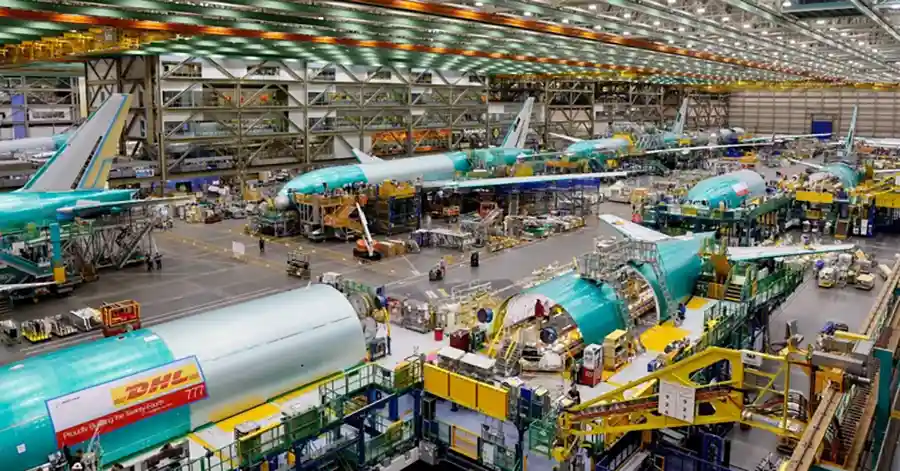


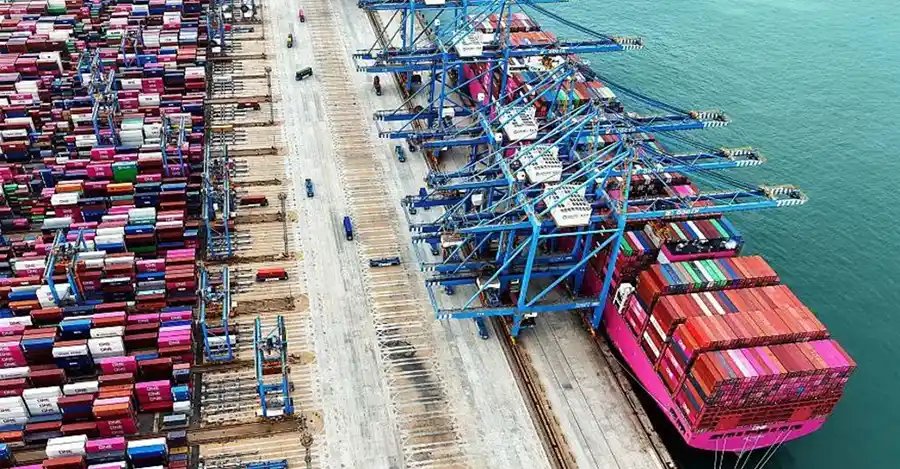


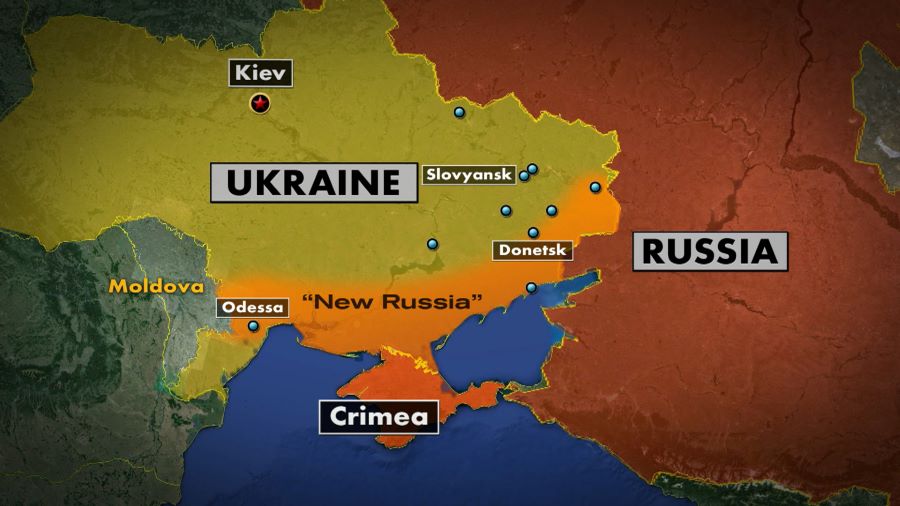




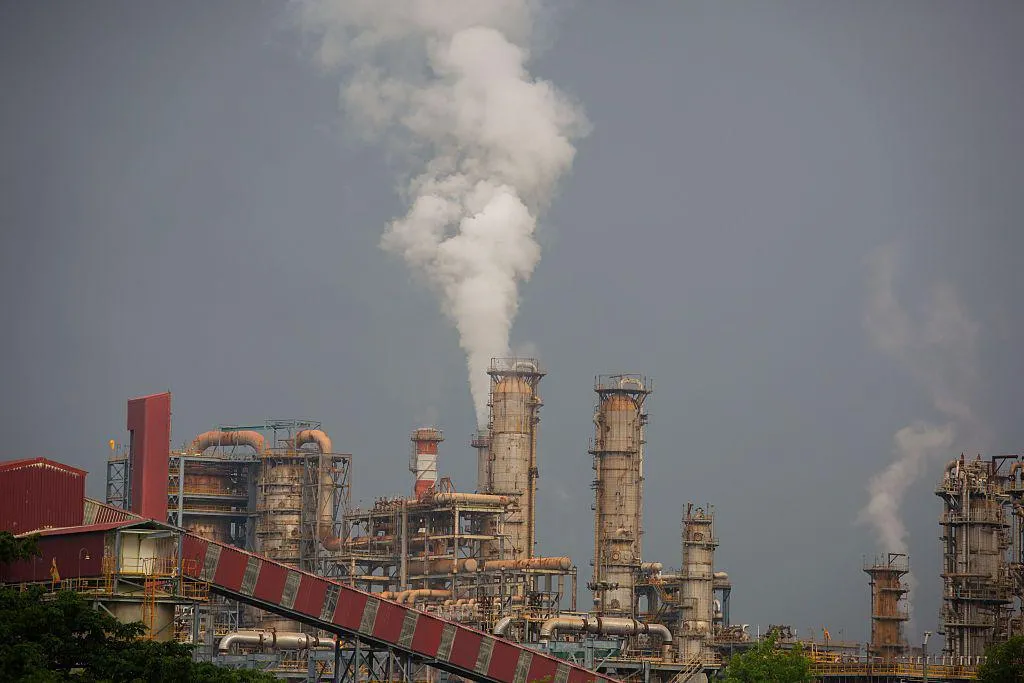
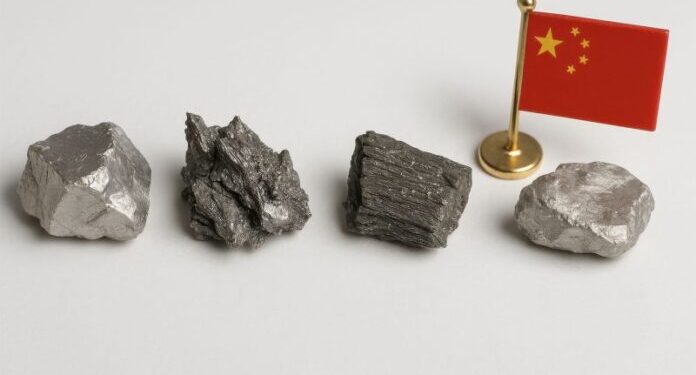


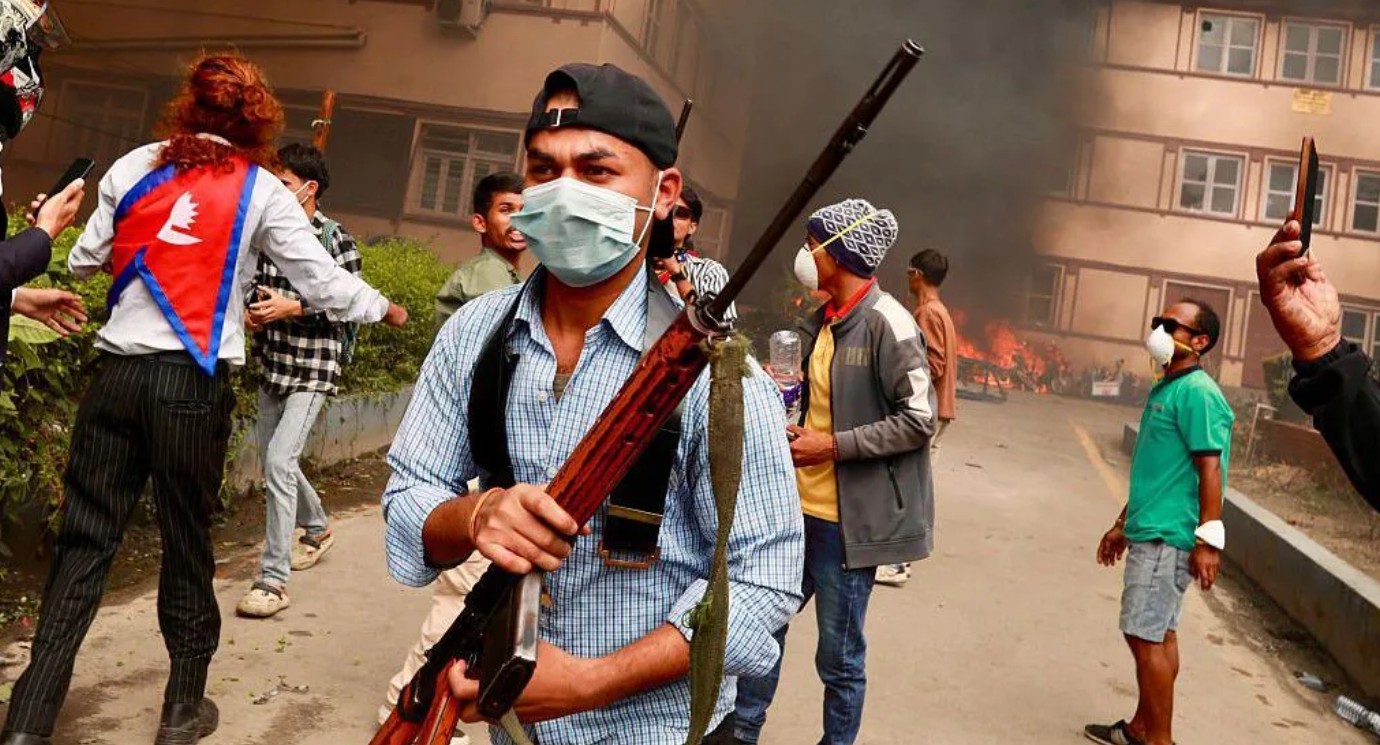


Comments